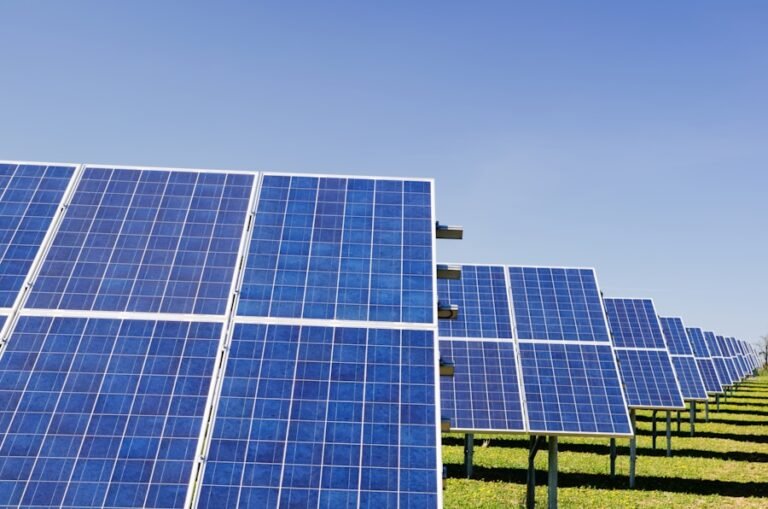The rainy season presents a unique set of challenges for construction projects. Heavy rainfall can lead to delays, increased costs, and safety hazards for workers. The excess moisture can also affect the quality of construction materials and compromise the structural integrity of buildings. In addition, the risk of flooding and erosion can further complicate construction efforts. It is crucial for construction professionals to understand these challenges and develop strategies to mitigate their impact.
One of the main challenges of the rainy season is the increased risk of delays and disruptions to construction schedules. Heavy rainfall can make it difficult for workers to access the construction site and can also hinder the transportation of materials and equipment. This can lead to project delays and increased costs as contractors may need to extend the timeline to account for weather-related setbacks. In addition, the excess moisture can affect the quality of construction materials, such as concrete, leading to potential structural issues in the future. It is important for construction teams to anticipate these challenges and develop contingency plans to minimize their impact on the project.
Adjusting Construction Schedules and Timelines
To address the challenges posed by the rainy season, construction teams must be prepared to adjust their schedules and timelines accordingly. This may involve building in extra time for potential weather-related delays and disruptions, as well as being flexible with project milestones and deadlines. It is also important for construction managers to closely monitor weather forecasts and make real-time adjustments to the construction schedule as needed. By being proactive and adaptable, construction teams can minimize the impact of the rainy season on their projects.
In addition to adjusting schedules, construction teams may also need to consider alternative construction methods that are better suited to the rainy season. For example, using precast concrete elements or modular construction techniques can help minimize the impact of weather-related delays and disruptions. These methods allow for greater control over the construction process and can be more easily adapted to changing weather conditions. By being open to alternative construction methods, construction teams can better navigate the challenges of the rainy season and keep their projects on track.
Implementing Proper Drainage and Waterproofing
Proper drainage and waterproofing are essential for mitigating the impact of heavy rainfall on construction projects. Without adequate drainage systems in place, excess water can accumulate on the construction site, leading to flooding, erosion, and safety hazards for workers. In addition, waterproofing measures are necessary to protect buildings from water damage and moisture infiltration. By implementing proper drainage and waterproofing strategies, construction teams can minimize the impact of the rainy season on their projects.
One effective strategy for managing excess water on a construction site is to implement a comprehensive drainage system. This may involve installing French drains, sump pumps, or other drainage solutions to redirect water away from the construction area. In addition, grading the site to ensure proper water runoff can help prevent flooding and erosion. By proactively addressing drainage issues, construction teams can minimize the risk of weather-related delays and disruptions.
In addition to proper drainage, waterproofing measures are essential for protecting buildings from water damage. This may involve applying waterproof coatings to exterior surfaces, installing moisture barriers, or using waterproofing membranes in critical areas such as basements or foundations. By taking proactive steps to waterproof buildings, construction teams can ensure that their projects are resilient to the challenges of the rainy season.
Utilizing Suitable Building Materials
Selecting suitable building materials is crucial for ensuring that construction projects can withstand the challenges of the rainy season. Certain materials are more resistant to moisture and water damage, making them better suited for use in wet environments. For example, using pressure-treated lumber, moisture-resistant drywall, and corrosion-resistant metal components can help minimize the impact of excess moisture on a construction project. By carefully selecting building materials, construction teams can build structures that are better equipped to withstand the challenges of the rainy season.
In addition to selecting moisture-resistant materials, construction teams may also need to consider alternative building methods that are better suited to wet environments. For example, using modular construction techniques or prefabricated components can help minimize the impact of weather-related delays and disruptions. These methods allow for greater control over the construction process and can be more easily adapted to changing weather conditions. By being open to alternative building methods, construction teams can better navigate the challenges of the rainy season and keep their projects on track.
Ensuring Worker Safety and Health
The rainy season presents unique safety hazards for construction workers, including slippery surfaces, reduced visibility, and increased risk of accidents. It is crucial for construction teams to prioritize worker safety and health during this time by implementing proper safety protocols and providing adequate training and protective equipment. By taking proactive steps to ensure worker safety, construction teams can minimize the risk of accidents and injuries on the job site.
One important aspect of ensuring worker safety during the rainy season is providing proper training on how to work safely in wet conditions. This may involve educating workers on how to navigate slippery surfaces, use appropriate protective gear, and operate equipment safely in adverse weather conditions. In addition, providing access to proper safety equipment such as non-slip footwear, rain gear, and personal protective equipment (PPE) can help minimize the risk of accidents and injuries on the job site.
In addition to providing training and protective equipment, construction teams must also implement proper safety protocols to address the unique hazards posed by the rainy season. This may involve establishing clear guidelines for working in wet conditions, conducting regular safety inspections of the job site, and implementing emergency response plans in case of weather-related incidents. By prioritizing worker safety and health, construction teams can create a safe working environment that minimizes the risk of accidents and injuries during the rainy season.
Monitoring Weather Conditions and Forecast
Monitoring weather conditions and forecasts is essential for managing the impact of the rainy season on construction projects. By staying informed about upcoming weather patterns, construction teams can make real-time adjustments to their schedules and timelines to minimize the impact of weather-related delays and disruptions. In addition, monitoring weather conditions allows construction teams to proactively address potential safety hazards and take steps to protect their projects from water damage.
One effective way to monitor weather conditions is by using advanced weather tracking technology such as radar systems or satellite imagery. These tools provide real-time data on precipitation patterns, wind speeds, and other weather-related factors that can impact construction projects. By leveraging this technology, construction teams can make informed decisions about when to schedule work activities, when to implement protective measures, and when to take proactive steps to mitigate potential weather-related risks.
In addition to using advanced weather tracking technology, it is also important for construction teams to stay informed about local weather forecasts and alerts. By regularly checking weather forecasts from reliable sources such as the National Weather Service or local meteorological agencies, construction teams can stay ahead of potential weather-related disruptions and make real-time adjustments to their schedules and timelines as needed. By staying informed about upcoming weather patterns, construction teams can better navigate the challenges of the rainy season and keep their projects on track.
Communicating with Clients and Stakeholders
Effective communication with clients and stakeholders is crucial for managing the impact of the rainy season on construction projects. By keeping clients informed about potential weather-related delays and disruptions, construction teams can manage expectations and proactively address any concerns or issues that may arise. In addition, communicating with stakeholders such as suppliers, subcontractors, and regulatory agencies allows construction teams to coordinate efforts and make real-time adjustments to their plans as needed.
One important aspect of communicating with clients during the rainy season is managing expectations about potential delays and disruptions. By being transparent about potential weather-related risks and their potential impact on project timelines, construction teams can build trust with clients and demonstrate their commitment to delivering successful outcomes despite challenging conditions. This may involve providing regular updates on weather forecasts, discussing contingency plans for potential delays, and addressing any concerns or questions that clients may have about how the rainy season could impact their projects.
In addition to communicating with clients, it is also important for construction teams to maintain open lines of communication with stakeholders such as suppliers, subcontractors, and regulatory agencies during the rainy season. By keeping these parties informed about potential weather-related risks and making real-time adjustments to plans as needed, construction teams can ensure that all aspects of their projects are well-coordinated and aligned with current weather conditions. This may involve discussing potential changes to delivery schedules, adjusting work plans based on weather forecasts, or addressing any regulatory requirements related to adverse weather conditions. By maintaining open lines of communication with stakeholders, construction teams can navigate the challenges of the rainy season more effectively and keep their projects on track.
In conclusion, the rainy season presents a unique set of challenges for construction projects, including potential delays, safety hazards for workers, and increased risk of water damage. To mitigate these challenges, it is crucial for construction teams to understand the impact of heavy rainfall on their projects and develop strategies to address them effectively. This may involve adjusting schedules and timelines, implementing proper drainage and waterproofing measures, utilizing suitable building materials, prioritizing worker safety and health, monitoring weather conditions and forecasts, and communicating effectively with clients and stakeholders. By taking proactive steps to address these challenges, construction teams can navigate the rainy season more effectively and keep their projects on track despite adverse weather conditions.












